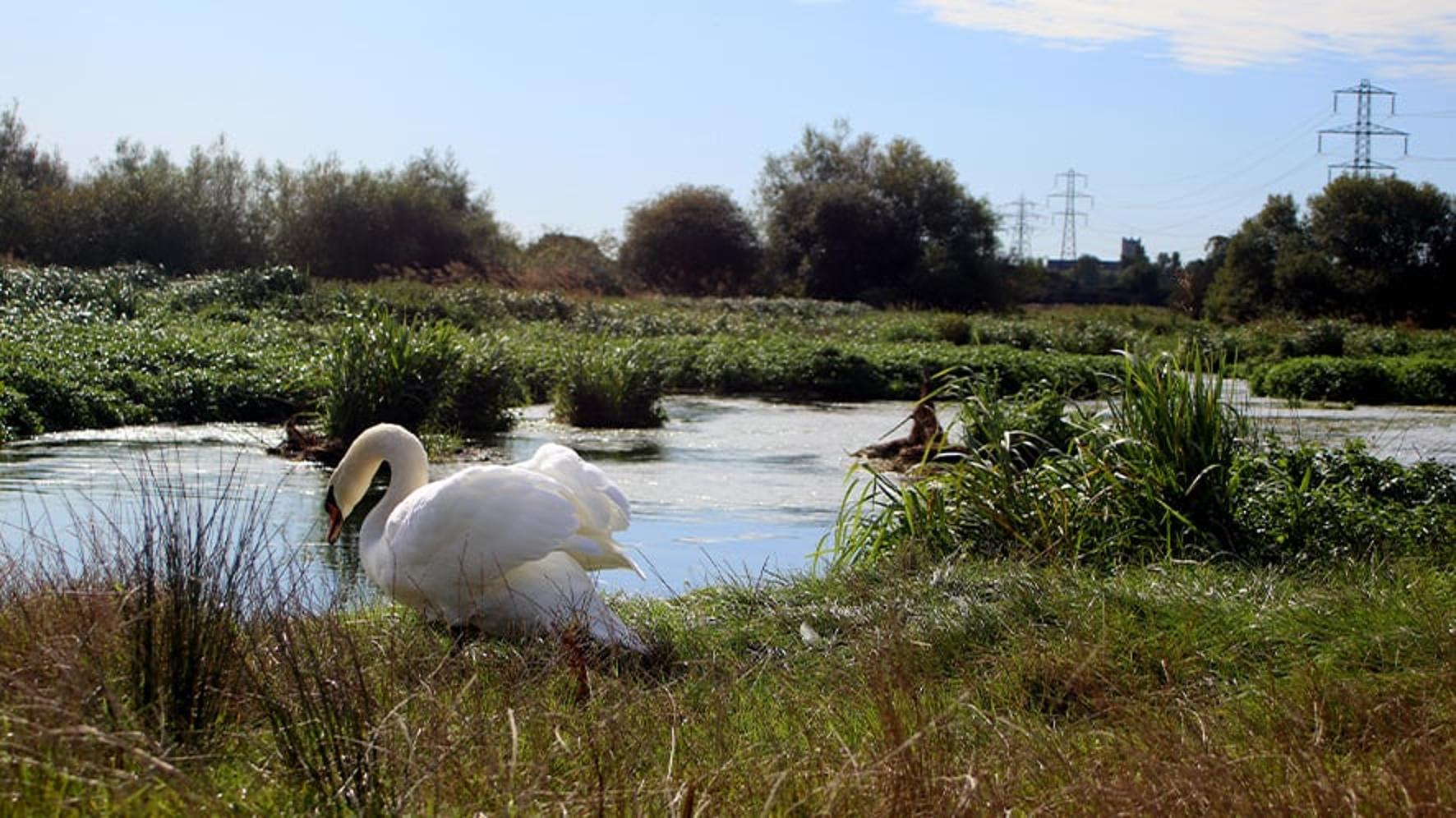We’re seeing another hot summer, following on from the warmest and driest spring in more than 50 years. We’re predicted to see more heatwaves due to climate change, as well as unpredictable rainfall and weather patterns.
This makes it more challenging to manage Bournemouth’s water resources and ensure there’s enough to meet demand.
Changing weather patterns
The UK is seeing more extremes of heat. There were twice as many days where the temperature passed 28C and three times more where it passed 30C in 2014-2023 compared to 1961-1990. 2022 and 2023 are the second hottest years on records dating back to 1884. Six of the ten hottest recorded years have been in the last decade.
The changing weather is also bringing differences in rainfall. Five of the 10 wettest years on record also occurred in the last 25 years, with rain becoming more intense and frequent. There is significant variation in rainfall between years.
We use water differently when it’s hot
When the sun comes out, people change their behaviour, adding to demand for water. Most of this is down to water use in gardens – keeping flowers blooming, veg growing and plants healthy. We also use water for hot tubs, paddling pools, watering lawns and washing cars.
Hot weather might also mean we use more water for bathing and washing clothes.
Where does Bournemouth’s water come from?
In Bournemouth, around 88% of water comes from surface water sources. We draw water from the Hampshire Avon and the Dorset Stour. These rivers have high ‘base flow’, which means they’re not just dependent on recent rain. The Avon and the Stour are fed by streams that take from groundwater and other delayed sources, so it takes time for the water to reach the river. This means water can be taken from the rivers throughout the year.
The remaining 12% of water for Bournemouth comes from groundwater. We drill boreholes deep into the ground and pump water out. This water is added to rivers, allowing us to then take water from the river downstream so can supply the public.
Ensuring there’s enough water to go around
We have a plan for the next 25 years, ensuring we can provide enough water to meet population growth, environmental needs and the impacts of climate change.
We’re working hard to reduce leaks on the network, helping to ensure more water is available. Across the Bournemouth Water and South West Water regions, we aim to halve water leakage by 2045 compared to 2017/18 levels – a real challenge when detecting and fixing leaks is a never-ending job. We’re going to use smart technology, mains replacement and repair and increased pressure management to achieve this.
You can help by being careful with water
If every customer found ways to use just a little bit less water, it would make a big difference to overall resources. Small steps like swapping baths for quick showers, using a water butt in the garden or washing your car with a bucket rather than a hose will help to reduce your water usage. If you’re on a meter, you will also reduce your bills.
See our water-saving tips for more ideas on how to use less water at home.
